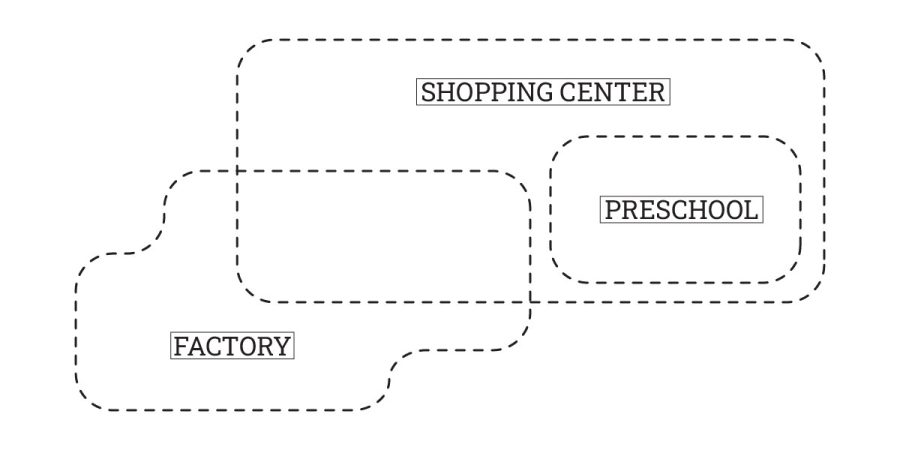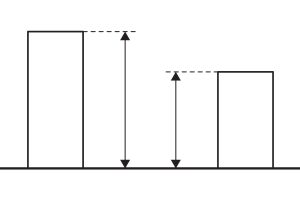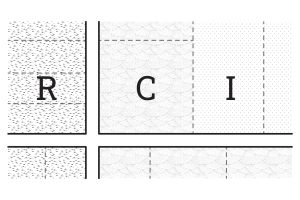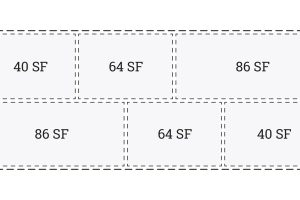Introduction
Catchment Area: Geographic area (a physical, ever changing boundary) from which participants/contributors or are drawn. The requirement changes with the definition of the catchment area.
- AKA: Trade Areas, Market Areas, Tributary Areas
Overview
Catchment areas can overlap and constantly be redefined. Any given parcel of land may be simultaneously located within multiple catchments, and each catchment a different type of activity. The boundaries may be distinct and regulate certain things (like school attendance) or indistinct. Catchment areas are also dependent upon one another. Catchment areas change as a consequence of their interaction with each other, and therefore can easily change in size. Outside things such as technology are also factors that influence catchment sizes and areas.
- Example: An increase in a business catchment area by job growth by an expanding factory, may also increase the residential catchment it pulls from and also increase the shopping center catchment as more people have disposable incomes and are willing to travel for shopping.
- Example: If a new traffic artery or rail line were opened up and are convenient to the Factory (pretend a station is at the factory for this), the catchment zone could increase for potential employees, especially along this new artery/line.
Local, Regional, National
A catchment can be local, regional, or national and it can be all of these simultaneously. Catchment areas can also vary greatly by the date or event that is being studied.
- Example: Las Vegas tourists come from all over the United States to gamble, whereas the casinos have workers from all over the local area and its outskirts. Also, imagine if there is a fight night or special event at the casino. This could increase the catchment to be multiple continents.
Zoning
Zoning ordinances help define and keep catchment areas by specifying what types of businesses and development is permitted on what land.
Residential catchments are typically determined by local transportation systems, such as highway, railway, etc. These determine the catchment area by time, rather than mileage. However, it’s worth noting that culture plays a role in determining what is an appropriate amount of time to travel to/from places, as well as other socioeconomic factors.
- Example: For most people, a half hour commute to work is acceptable, however, many people live much further away. And some people won’t live further than 5 minutes away.
Example Catchment Diagram
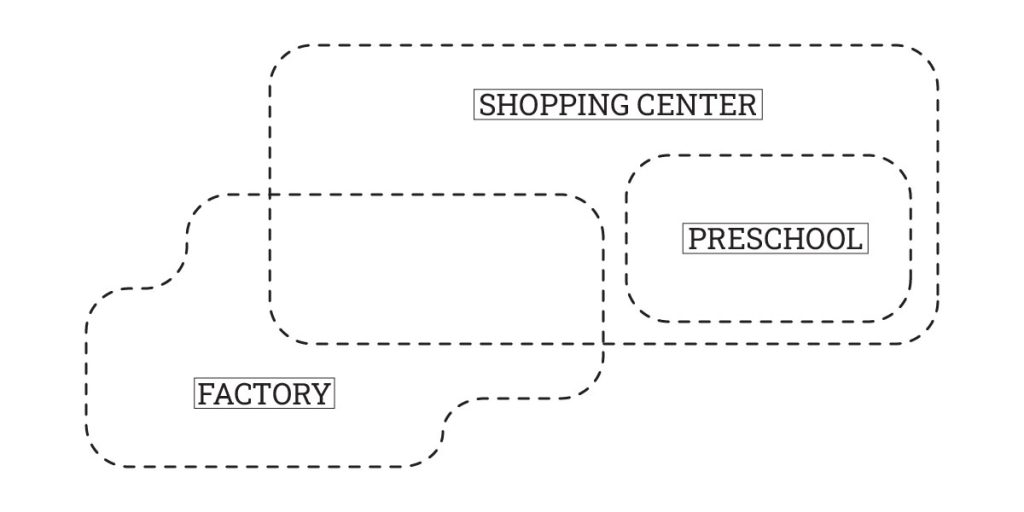
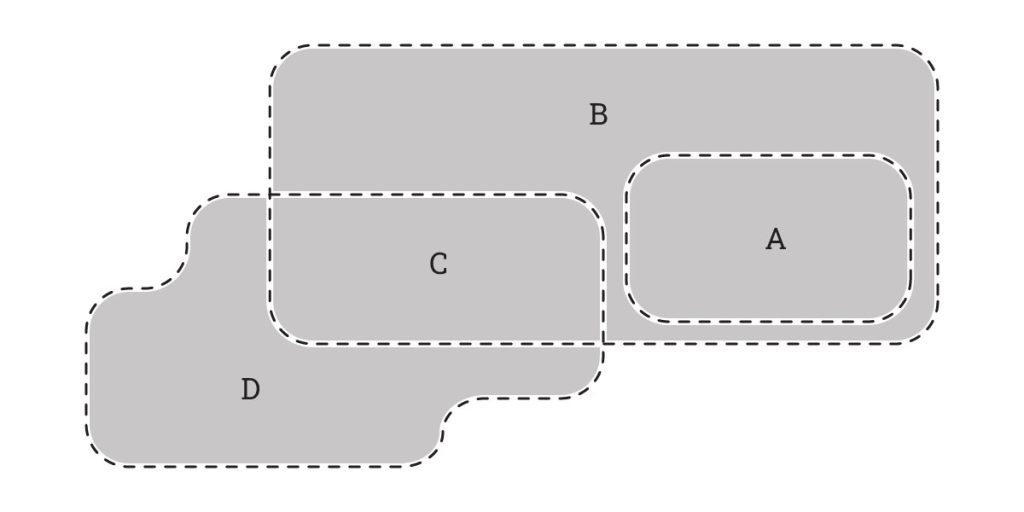
| A | Preschool catchment, completely contained within the shopping center catchment |
| B | Shopping Center catchment |
| C | Shopping center and factory catchment area of overlap |
| D | Factory catchment |


